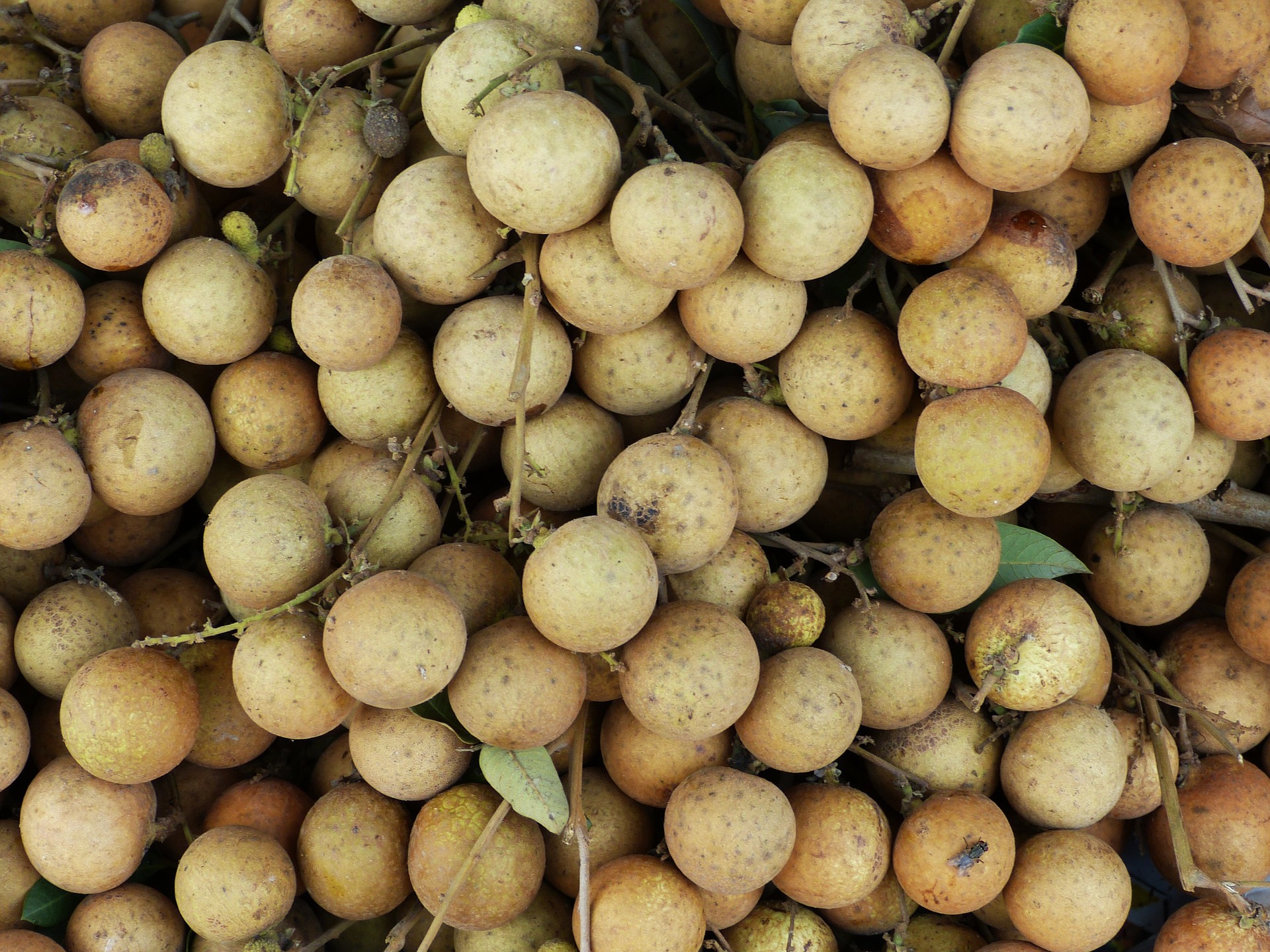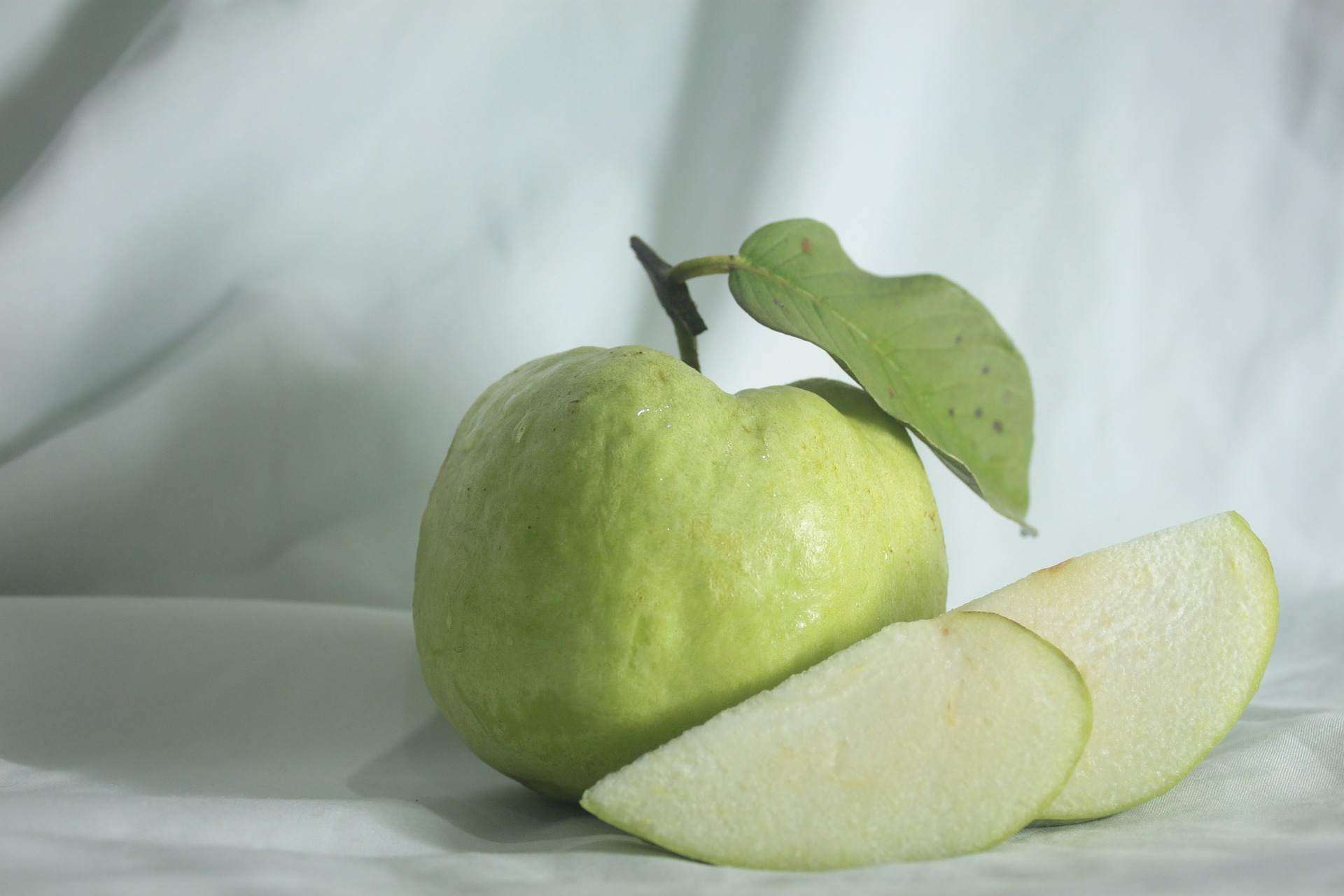Six Exotic Fruits to Try

You don’t have to go on a tropical vacation to get a taste of exotic fruits. Look beyond the apples and bananas next time you’re at the grocery store, and give these exotic fruits a try.

See USU Extension’s Jaqueline Neid-Avila introduce some of these exotic fruits on Fox 13’s The PLACE.
When you go to the grocery store, the first thing you typically see are fruits. Most of them probably look familiar— bananas, apples, peaches, pears, melons and more. However, you may see a few fruits that look a bit unusual, if not exoctic.
These fruits could be kumquats, passion fruit, or dragon fruit, among others. While you may be able to find some of these fresh fruits in your regular supermarket, they are more widely available and affordable at Asian, Latin, and gourmet supermarkets. You can even buy them online! Like more common fruits, these unusual varieties are good sources of Vitamin A, C, potassium and fiber. Since they are not something that you would normally buy, they can be seen as a treat.
So next time you are out buying groceries, check out the unusual fruits selection. Even if their curious appearance may turn some people off from purchasing, remember that mangos and kiwis were once considered to be exotic.
Here are some exotic fruits we recommend, and some ways to eat them:
Longan

Longan have a white, soft pulp that surrounds a large black seed. When cut in half, the fruit resembles an eyeball. It is a small relative of Lychee.
Rambutan

Rambutan have a single seed surrounded by flesh that is grape-like in texture, with a delicate flavor. This is also a relative to lychee, but sweeter and not as juicy.
Longan, rambutan and lychee are all very similar. There are mild differences, so try each one to see which one is your favorite. They can be used to make jams and jellies, or a light refreshing juice.
Dragon Fruit

This is a member of the cactus family and it has a leathery exterior ranging from yellow to bright pink with lime-green spiny tips. Flecked with tiny black seeds, its juicy flesh can be white or red and has a refreshing and light flavor.
The skin is inedible, so peel the dragon fruit or scoop it out of the skin. Dragon fruit tastes refreshing cold. Pair it with banana, berries, and kiwi in a smoothie, or make fruit kebabs, alternating kiwi and dragon fruit. Try broiling kebabs in an oven for 3 minutes.
Passion Fruit

This edible fruit has a sweet-tart flavor and strong tropical scent. The seeds can be eaten with the liquidy center or strained out if you just want the juice.
Since there is only a small amount of golden, jelly-like filling, passion fruit is often used as a filling or flavoring.
Guava

Several varieties of guava are available in varying sizes (they can be as small as an egg, or as large as an apple). They can be round or pear shaped, and have rough or smooth skin. Guava can be yellow, green, red, or purple-black on the outside, with flesh that is pale yellow to bright red. Some guava have small edible seeds, while others are seedless. To eat fresh, guava should be very ripe.
Enjoy fresh, in salads, or juiced to make jelly or syrup. Guava can also be cooked with meat.
Kumquat

Kumquats look like oval shaped miniature oranges. The skin of the kumquat is sweet, while the inside has a sour, citrus tang. This creates a surprising clash of flavor when the fruit is eaten whole. Nibble the end of the kumquat to taste the rind first. Once you encounter the mouth-puckering juice, you can either continue nibbling cautiously, or pop the whole fruit in your mouth.
Kumquats can be sliced and added to salsa, made into marmalade, pickled or added to meat dishes.
This article was written by Jaqueline Neid-Avila, RDN, CD with USU Extension in Davis County